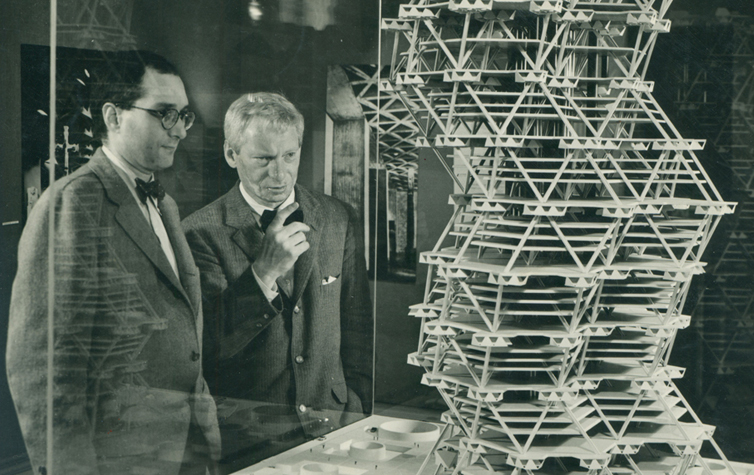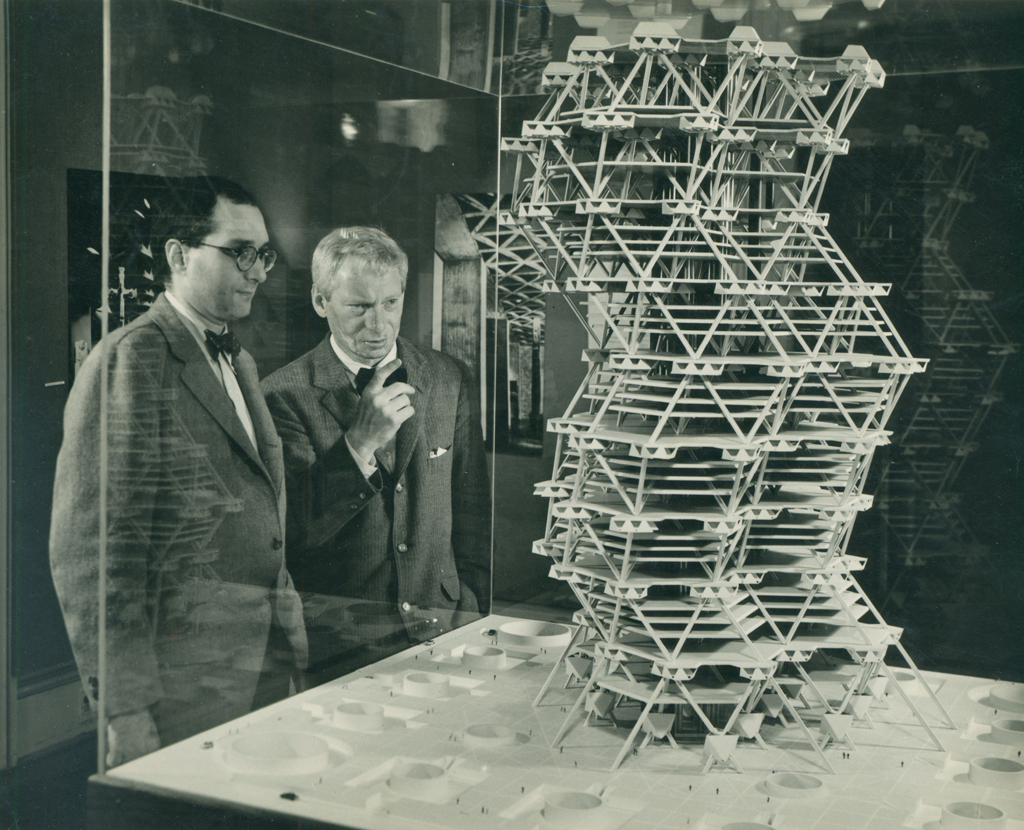
Many revere Louis Kahn as the most important architect of the last 60 years. Some consider the structures he designed as so profound that they are actually “life changing.” Kahn’s work has also been called “genius”, “spiritual” and “transcendent of time”. What’s perhaps most amazing about Louis Kahn is that he achieved his notoriety all in about 20 years time.
Kahn was born in what is now Estonia during 1901. Sadly, he suffered burns across his face as a child after becoming fascinated with the light produced by burning coals in the family’s stove. The scars remained visible throughout his life.
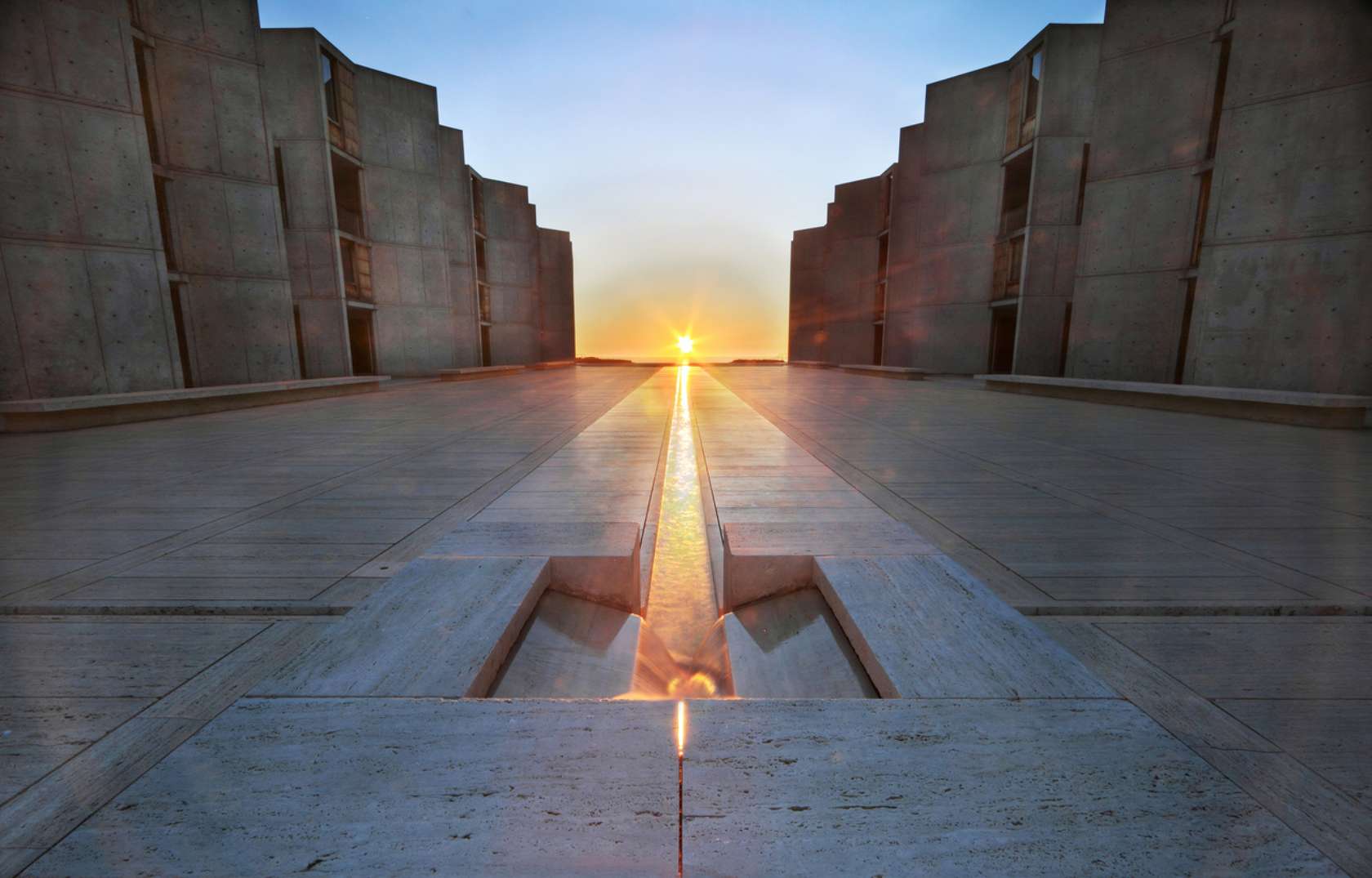
The Schmuilowskys, Kahn’s original surname, relocated to Philadelphia early in his childhood and the name change took place in 1915 at his father’s request. Although the family was poverty-stricken, Kahn was able to attend the University of Pennsylvania, where he graduated with a degree in architecture at 23.
Kahn worked under a variety of architects and firms and completed some collaborative projects after graduation and into his 30s and 40s. Then, in 1950, Kahn stayed as Architect in Residence at the American Academy in Rome, where he became inspired by the ruins of ancient buildings in Italy, Greece and Egypt.
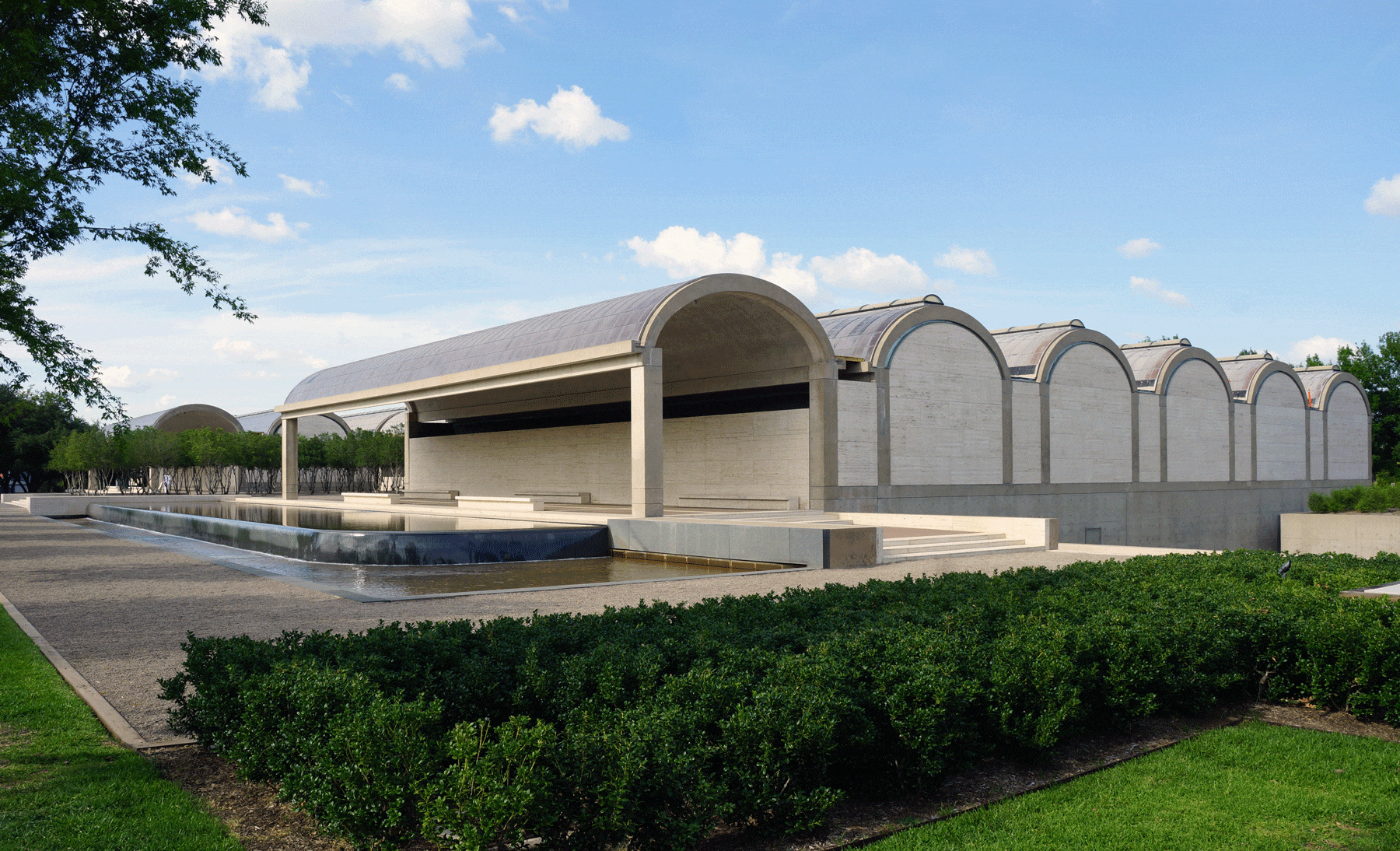
This is when he began developing the iconic manipulation of light his buildings are known for.
Between 1951 and 1973, Kahn constructed buildings that boldly rejected any historical style and stood monolithically throughout the country and the world. In 1974, Louis Kahn died of a sudden heart attack at Penn Station in New York City. Despite his death, Kahn’s work is still being completed.
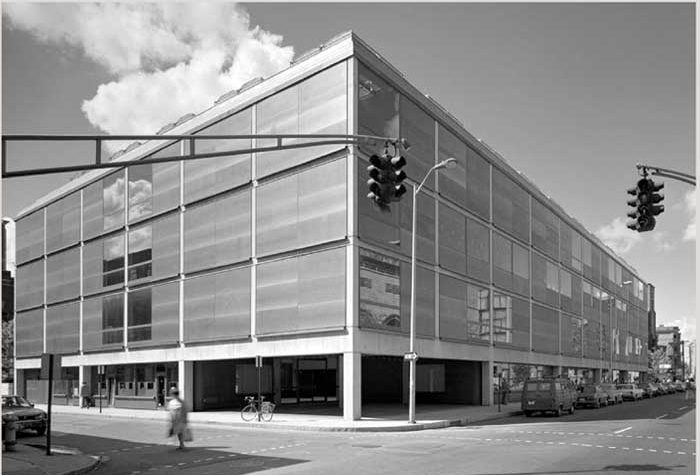
In 2012, a plan found in the briefcase he was carrying at Penn Station became reality when the Franklin D. Roosevelt Four Freedoms Park Memorial was completed.

